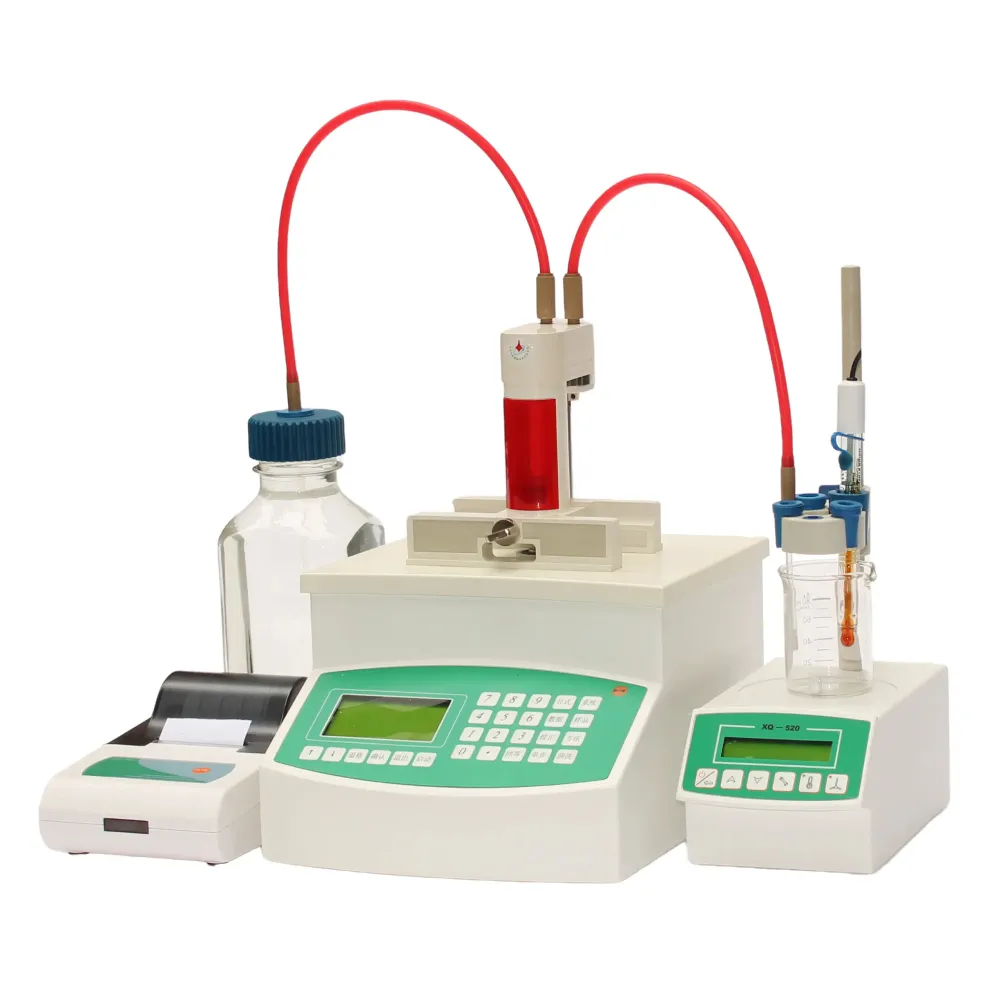 English
English



-
 Afrikaans
Afrikaans -
 Albanian
Albanian -
 Amharic
Amharic -
 Arabic
Arabic -
 Armenian
Armenian -
 Azerbaijani
Azerbaijani -
 Basque
Basque -
 Belarusian
Belarusian -
 Bengali
Bengali -
 Bosnian
Bosnian -
 Bulgarian
Bulgarian -
 Catalan
Catalan -
 Cebuano
Cebuano -
 China
China -
 China (Taiwan)
China (Taiwan) -
 Corsican
Corsican -
 Croatian
Croatian -
 Czech
Czech -
 Danish
Danish -
 Dutch
Dutch -
 English
English -
 Esperanto
Esperanto -
 Estonian
Estonian -
 Finnish
Finnish -
 French
French -
 Frisian
Frisian -
 Galician
Galician -
 Georgian
Georgian -
 German
German -
 Greek
Greek -
 Gujarati
Gujarati -
 Haitian Creole
Haitian Creole -
 hausa
hausa -
 hawaiian
hawaiian -
 Hebrew
Hebrew -
 Hindi
Hindi -
 Miao
Miao -
 Hungarian
Hungarian -
 Icelandic
Icelandic -
 igbo
igbo -
 Indonesian
Indonesian -
 irish
irish -
 Italian
Italian -
 Japanese
Japanese -
 Javanese
Javanese -
 Kannada
Kannada -
 kazakh
kazakh -
 Khmer
Khmer -
 Rwandese
Rwandese -
 Korean
Korean -
 Kurdish
Kurdish -
 Kyrgyz
Kyrgyz -
 Lao
Lao -
 Latin
Latin -
 Latvian
Latvian -
 Lithuanian
Lithuanian -
 Luxembourgish
Luxembourgish -
 Macedonian
Macedonian -
 Malgashi
Malgashi -
 Malay
Malay -
 Malayalam
Malayalam -
 Maltese
Maltese -
 Maori
Maori -
 Marathi
Marathi -
 Mongolian
Mongolian -
 Myanmar
Myanmar -
 Nepali
Nepali -
 Norwegian
Norwegian -
 Norwegian
Norwegian -
 Occitan
Occitan -
 Pashto
Pashto -
 Persian
Persian -
 Polish
Polish -
 Portuguese
Portuguese -
 Punjabi
Punjabi -
 Romanian
Romanian -
 Russian
Russian -
 Samoan
Samoan -
 Scottish Gaelic
Scottish Gaelic -
 Serbian
Serbian -
 Sesotho
Sesotho -
 Shona
Shona -
 Sindhi
Sindhi -
 Sinhala
Sinhala -
 Slovak
Slovak -
 Slovenian
Slovenian -
 Somali
Somali -
 Spanish
Spanish -
 Sundanese
Sundanese -
 Swahili
Swahili -
 Swedish
Swedish -
 Tagalog
Tagalog -
 Tajik
Tajik -
 Tamil
Tamil -
 Tatar
Tatar -
 Telugu
Telugu -
 Thai
Thai -
 Turkish
Turkish -
 Turkmen
Turkmen -
 Ukrainian
Ukrainian -
 Urdu
Urdu -
 Uighur
Uighur -
 Uzbek
Uzbek -
 Vietnamese
Vietnamese -
 Welsh
Welsh -
 Bantu
Bantu -
 Yiddish
Yiddish -
 Yoruba
Yoruba -
 Zulu
Zulu
Generating a Comparative for Induced Test Transformer Research.
Induced Test Transformer Revolutionizing Natural Language Processing
In recent years, the field of Natural Language Processing (NLP) has witnessed remarkable advancements, primarily driven by the emergence of transformer architectures. Among these innovations, the Induced Test Transformer (ITT) stands out for its unique approach to enhancing model performance on various language tasks. This article delves into the mechanics of ITT, its benefits, applications, and the future of transformer-based models in NLP.
Transformers, introduced by Vaswani et al. in 2017, revolutionized NLP by enabling models to understand and generate human language more effectively. The self-attention mechanism at the core of transformers allows for contextual understanding of words in a sentence, leading to better performance across tasks such as translation, summarization, and question answering. However, while transformers have made strides in understanding context, they often require extensive data and computational resources to achieve optimal results.
Induced Test Transformer Revolutionizing Natural Language Processing
One significant advantage of the ITT is its capacity for few-shot and zero-shot learning. In traditional models, performance often degrades significantly when faced with unfamiliar tasks or domains. However, with the ITT's induction-based strategy, the model can generalize its knowledge and adapt to new challenges more fluidly. This adaptability opens up new avenues for applications in various industries, as it can be employed in areas where annotated data is limited, such as medical or legal NLP tasks.
induced test transformer

Another crucial aspect of the ITT is its modular design, which separates the knowledge induction process from the core transformer architecture. This modularity enables developers to fine-tune specific components of the model without overhauling the entire architecture. Researchers can experiment with different induction mechanisms, tailoring the ITT to suit particular tasks or datasets. This flexibility significantly enhances the research and development process, allowing for quicker iterations and adaptations.
The practical applications of the Induced Test Transformer are vast and varied. In the educational sector, ITT can be employed to create intelligent tutoring systems that adapt to individual learning styles and knowledge levels. By leveraging its few-shot learning capabilities, the model can provide personalized recommendations and resources to students, thereby improving the overall learning experience.
In business, the ITT can be utilized to automate customer service interactions, providing instant responses to customer queries while also learning from new inquiries over time. This not only enhances customer satisfaction but also reduces the burden on human agents. Additionally, within the realm of content creation, ITT can generate articles, reports, and other types of written material with a level of coherence and contextual relevance that rivals human writers.
Looking forward, the future of the Induced Test Transformer and similar architectures appears promising. As researchers continue to explore new avenues for knowledge induction and contextual processing, we can expect further improvements in performance and efficiency. The development of more advanced induction techniques could lead to even more robust models capable of tackling complex language tasks across diverse domains.
In conclusion, the Induced Test Transformer represents a significant step forward in the evolution of NLP models. By addressing the limitations of traditional transformers through induction and modular design, ITT promises to enhance learning efficiency, adaptability, and practical applicability across various industries. As this technology continues to evolve, it may very well redefine our relationship with machines, enabling them to understand and interact with human language in increasingly sophisticated ways. The journey of the ITT is just beginning, but its potential impact on the future of language processing is undeniable.
-
Testing Equipment Industry Sees Major Advancements in 2025: Smart & Precision Technologies Lead the WayNewsJun.06,2025
-
Applications of Direct Current Generators in Renewable Energy SystemsNewsJun.05,2025
-
Hipot Tester Calibration and Accuracy GuidelinesNewsJun.05,2025
-
Digital Circuit Breaker Analyzer Features and BenefitsNewsJun.05,2025
-
Benefits of Real-Time Power Quality Monitoring Devices for Industrial EfficiencyNewsJun.05,2025
-
Earth Fault Loop Testing in High-Rise Building Electrical SystemsNewsJun.05,2025



